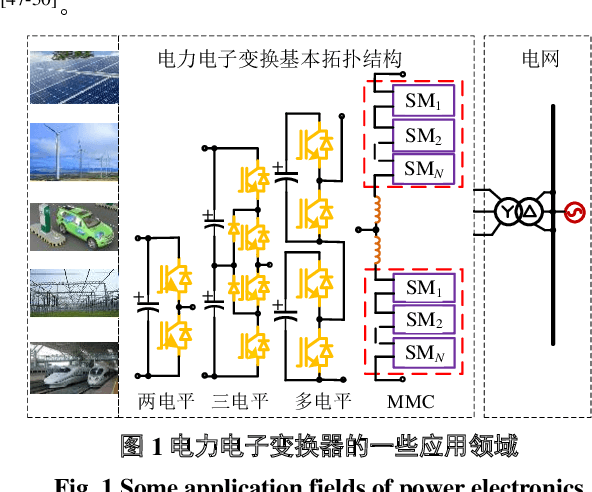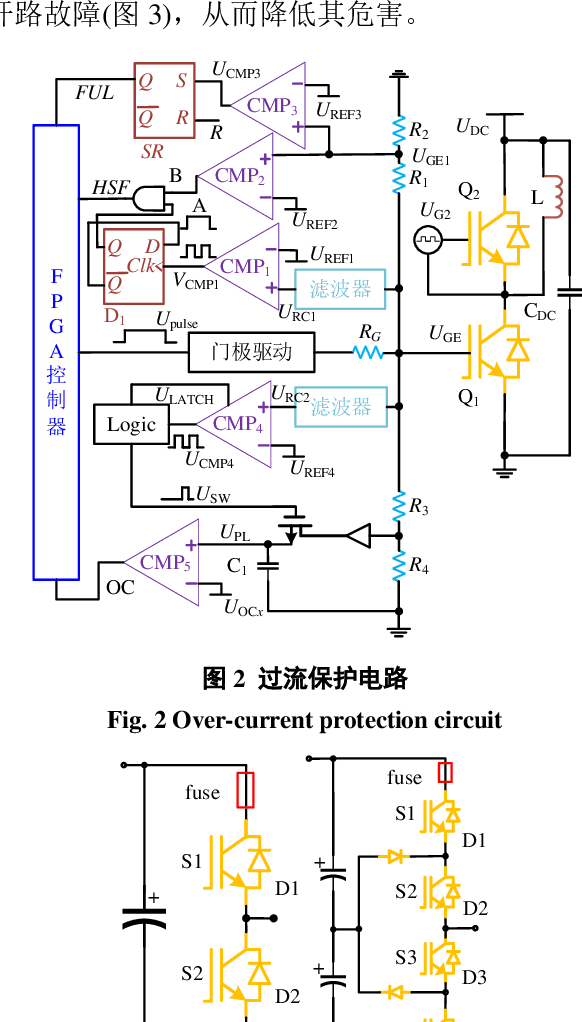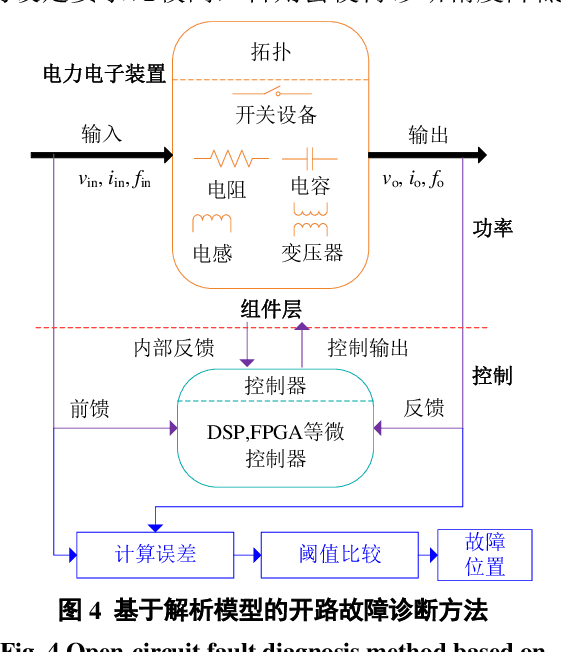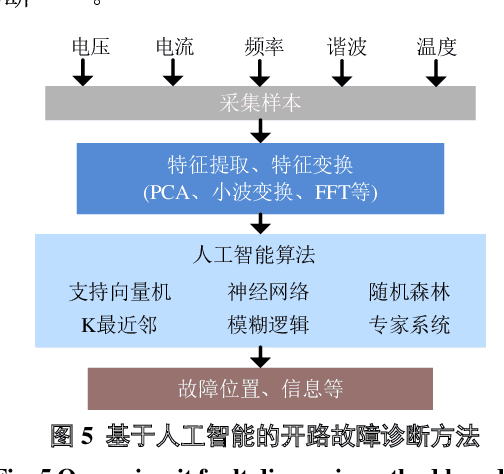Lei Kou
Image encryption for Offshore wind power based on 2D-LCLM and Zhou Yi Eight Trigrams
Jun 02, 2023
Abstract:Offshore wind power is an important part of the new power system, due to the complex and changing situation at ocean, its normal operation and maintenance cannot be done without information such as images, therefore, it is especially important to transmit the correct image in the process of information transmission. In this paper, we propose a new encryption algorithm for offshore wind power based on two-dimensional lagged complex logistic mapping (2D-LCLM) and Zhou Yi Eight Trigrams. Firstly, the initial value of the 2D-LCLM is constructed by the Sha-256 to associate the 2D-LCLM with the plaintext. Secondly, a new encryption rule is proposed from the Zhou Yi Eight Trigrams to obfuscate the pixel values and generate the round key. Then, 2D-LCLM is combined with the Zigzag to form an S-box. Finally, the simulation experiment of the algorithm is accomplished. The experimental results demonstrate that the algorithm can resistant common attacks and has prefect encryption performance.
Quantitative Method for Security Situation of the Power Information Network Based on the Evolutionary Neural Network
Nov 26, 2022Abstract:Cybersecurity is the security cornerstone of digital transformation of the power grid and construction of new power systems. The traditional network security situation quantification method only analyzes from the perspective of network performance, ignoring the impact of various power application services on the security situation, so the quantification results cannot fully reflect the power information network risk state. This study proposes a method for quantifying security situation of the power information network based on the evolutionary neural network. First, the security posture system architecture is designed by analyzing the business characteristics of power information network applications. Second, combining the importance of power application business, the spatial element index system of coupled interconnection is established from three dimensions of network reliability, threat, and vulnerability. Then, the BP neural network optimized by the genetic evolutionary algorithm is incorporated into the element index calculation process, and the quantitative model of security posture of the power information network based on the evolutionary neural network is constructed. Finally, a simulation experiment environment is built according to a power sector network topology, and the effectiveness and robustness of the method proposed in the study are verified.
Deep Reinforcement Learning Microgrid Optimization Strategy Considering Priority Flexible Demand Side
Nov 11, 2022



Abstract:As an efficient way to integrate multiple distributed energy resources and the user side, a microgrid is mainly faced with the problems of small-scale volatility, uncertainty, intermittency and demand-side uncertainty of DERs. The traditional microgrid has a single form and cannot meet the flexible energy dispatch between the complex demand side and the microgrid. In response to this problem, the overall environment of wind power, thermostatically controlled loads, energy storage systems, price-responsive loads and the main grid is proposed. Secondly, the centralized control of the microgrid operation is convenient for the control of the reactive power and voltage of the distributed power supply and the adjustment of the grid frequency. However, there is a problem in that the flexible loads aggregate and generate peaks during the electricity price valley. The existing research takes into account the power constraints of the microgrid and fails to ensure a sufficient supply of electric energy for a single flexible load. This paper considers the response priority of each unit component of TCLs and ESSs on the basis of the overall environment operation of the microgrid so as to ensure the power supply of the flexible load of the microgrid and save the power input cost to the greatest extent. Finally, the simulation optimization of the environment can be expressed as a Markov decision process process. It combines two stages of offline and online operations in the training process. The addition of multiple threads with the lack of historical data learning leads to low learning efficiency. The asynchronous advantage actor-critic with the experience replay pool memory library is added to solve the data correlation and nonstatic distribution problems during training.
A Random Forest and Current Fault Texture Feature-Based Method for Current Sensor Fault Diagnosis in Three-Phase PWM VSR
Nov 08, 2022



Abstract:Three-phase PWM voltage-source rectifier (VSR) systems have been widely used in various energy conversion systems, where current sensors are the key component for state monitoring and system control. The current sensor faults may bring hidden danger or damage to the whole system; therefore, this paper proposed a random forest (RF) and current fault texture feature-based method for current sensor fault diagnosis in three-phase PWM VSR systems. First, the three-phase alternating currents (ACs) of the three-phase PWM VSR are collected to extract the current fault texture features, and no additional hardware sensors are needed to avoid causing additional unstable factors. Then, the current fault texture features are adopted to train the random forest current sensor fault detection and diagnosis (CSFDD) classifier, which is a data-driven CSFDD classifier. Finally, the effectiveness of the proposed method is verified by simulation experiments. The result shows that the current sensor faults can be detected and located successfully and that it can effectively provide fault locations for maintenance personnel to keep the stable operation of the whole system.
A survey on the development status and application prospects of knowledge graph in smart grids
Nov 02, 2022



Abstract:With the advent of the electric power big data era, semantic interoperability and interconnection of power data have received extensive attention. Knowledge graph technology is a new method describing the complex relationships between concepts and entities in the objective world, which is widely concerned because of its robust knowledge inference ability. Especially with the proliferation of measurement devices and exponential growth of electric power data empowers, electric power knowledge graph provides new opportunities to solve the contradictions between the massive power resources and the continuously increasing demands for intelligent applications. In an attempt to fulfil the potential of knowledge graph and deal with the various challenges faced, as well as to obtain insights to achieve business applications of smart grids, this work first presents a holistic study of knowledge-driven intelligent application integration. Specifically, a detailed overview of electric power knowledge mining is provided. Then, the overview of the knowledge graph in smart grids is introduced. Moreover, the architecture of the big knowledge graph platform for smart grids and critical technologies are described. Furthermore, this paper comprehensively elaborates on the application prospects leveraged by knowledge graph oriented to smart grids, power consumer service, decision-making in dispatching, and operation and maintenance of power equipment. Finally, issues and challenges are summarised.
Data-driven design of fault diagnosis for three-phase PWM rectifier using random forests technique with transient synthetic features
Nov 02, 2022Abstract:A three-phase pulse-width modulation (PWM) rectifier can usually maintain operation when open-circuit faults occur in insulated-gate bipolar transistors (IGBTs), which will lead the system to be unstable and unsafe. Aiming at this problem, based on random forests with transient synthetic features, a data-driven online fault diagnosis method is proposed to locate the open-circuit faults of IGBTs timely and effectively in this study. Firstly, by analysing the open-circuit fault features of IGBTs in the three-phase PWM rectifier, it is found that the occurrence of the fault features is related to the fault location and time, and the fault features do not always appear immediately with the occurrence of the fault. Secondly, different data-driven fault diagnosis methods are compared and evaluated, the performance of random forests algorithm is better than that of support vector machine or artificial neural networks. Meanwhile, the accuracy of fault diagnosis classifier trained by transient synthetic features is higher than that trained by original features. Also, the random forests fault diagnosis classifier trained by multiplicative features is the best with fault diagnosis accuracy can reach 98.32%. Finally, the online fault diagnosis experiments are carried out and the results demonstrate the effectiveness of the proposed method, which can accurately locate the open-circuit faults in IGBTs while ensuring system safety.
Review on Monitoring, Operation and Maintenance of Smart Offshore Wind Farms
Nov 01, 2022Abstract:In recent years, with the development of wind energy, the number and scale of wind farms are developing rapidly. Since offshore wind farm has the advantages of stable wind speed, clean, renewable, non-polluting and no occupation of cultivated land, which has gradually become a new trend of wind power industry all over the world. The operation and maintenance mode of offshore wind power is developing in the direction of digitization and intelligence. It is of great significance to carry out the research on the monitoring, operation and maintenance of offshore wind farm, which will be of benefits to reduce the operation and maintenance cost, improve the power generation efficiency, improve the stability of offshore wind farm system and build smart offshore wind farm. This paper will mainly analyze and summarize the monitoring, operation and maintenance of offshore wind farm, especially from the following points: monitoring of "offshore wind power engineering & biological & environment", the monitoring of power equipment and the operation & maintenance of smart offshore wind farms. Finally, the future research challenges about monitoring, operation and maintenance of smart offshore wind farm are proposed, and the future research directions in this field are prospected.
* accepted by Sensors
Fault diagnosis for open-circuit faults in NPC inverter based on knowledge-driven and data-driven approaches
Oct 31, 2022



Abstract:In this study, the open-circuit faults diagnosis and location issue of the neutral-point-clamped (NPC) inverters are analysed. A novel fault diagnosis approach based on knowledge driven and data driven was presented for the open-circuit faults in insulated-gate bipolar transistors (IGBTs) of NPC inverter, and Concordia transform (knowledge driven) and random forests (RFs) technique (data driven) are employed to improve the robustness performance of the fault diagnosis classifier. First, the fault feature data of AC in either normal state or open-circuit faults states of NPC inverter are analysed and extracted. Second, the Concordia transform is used to process the fault samples, and it has been verified that the slopes of current trajectories are not affected by different loads in this study, which can help the proposed method to reduce overdependence on fault data. Moreover, then the transformed fault samples are adopted to train the RFs fault diagnosis classifier, and the fault diagnosis results show that the classification accuracy and robustness performance of the fault diagnosis classifier are improved. Finally, the diagnosis results of online fault diagnosis experiments show that the proposed classifier can locate the open-circuit fault of IGBTs in NPC inverter under the conditions of different loads.
Fault Diagnosis for Power Electronics Converters based on Deep Feedforward Network and Wavelet Compression
Oct 27, 2022



Abstract:A fault diagnosis method for power electronics converters based on deep feedforward network and wavelet compression is proposed in this paper. The transient historical data after wavelet compression are used to realize the training of fault diagnosis classifier. Firstly, the correlation analysis of the voltage or current data running in various fault states is performed to remove the redundant features and the sampling point. Secondly, the wavelet transform is used to remove the redundant data of the features, and then the training sample data is greatly compressed. The deep feedforward network is trained by the low frequency component of the features, while the training speed is greatly accelerated. The average accuracy of fault diagnosis classifier can reach over 97%. Finally, the fault diagnosis classifier is tested, and final diagnosis result is determined by multiple-groups transient data, by which the reliability of diagnosis results is improved. The experimental result proves that the classifier has strong generalization ability and can accurately locate the open-circuit faults in IGBTs.
Review for AI-based Open-Circuit Faults Diagnosis Methods in Power Electronics Converters
Sep 26, 2022



Abstract:Power electronics converters have been widely used in aerospace system, DC transmission, distributed energy, smart grid and so forth, and the reliability of power electronics converters has been a hotspot in academia and industry. It is of great significance to carry out power electronics converters open-circuit faults monitoring and intelligent fault diagnosis to avoid secondary faults, reduce time and cost of operation and maintenance, and improve the reliability of power electronics system. Firstly, the faults features of power electronic converters are analyzed and summarized. Secondly, some AI-based fault diagnosis methods and application examples in power electronics converters are reviewed, and a fault diagnosis method based on the combination of random forests and transient fault features is proposed for three-phase power electronics converters. Finally, the future research challenges and directions of AI-based fault diagnosis methods are pointed out.
 Add to Chrome
Add to Chrome Add to Firefox
Add to Firefox Add to Edge
Add to Edge